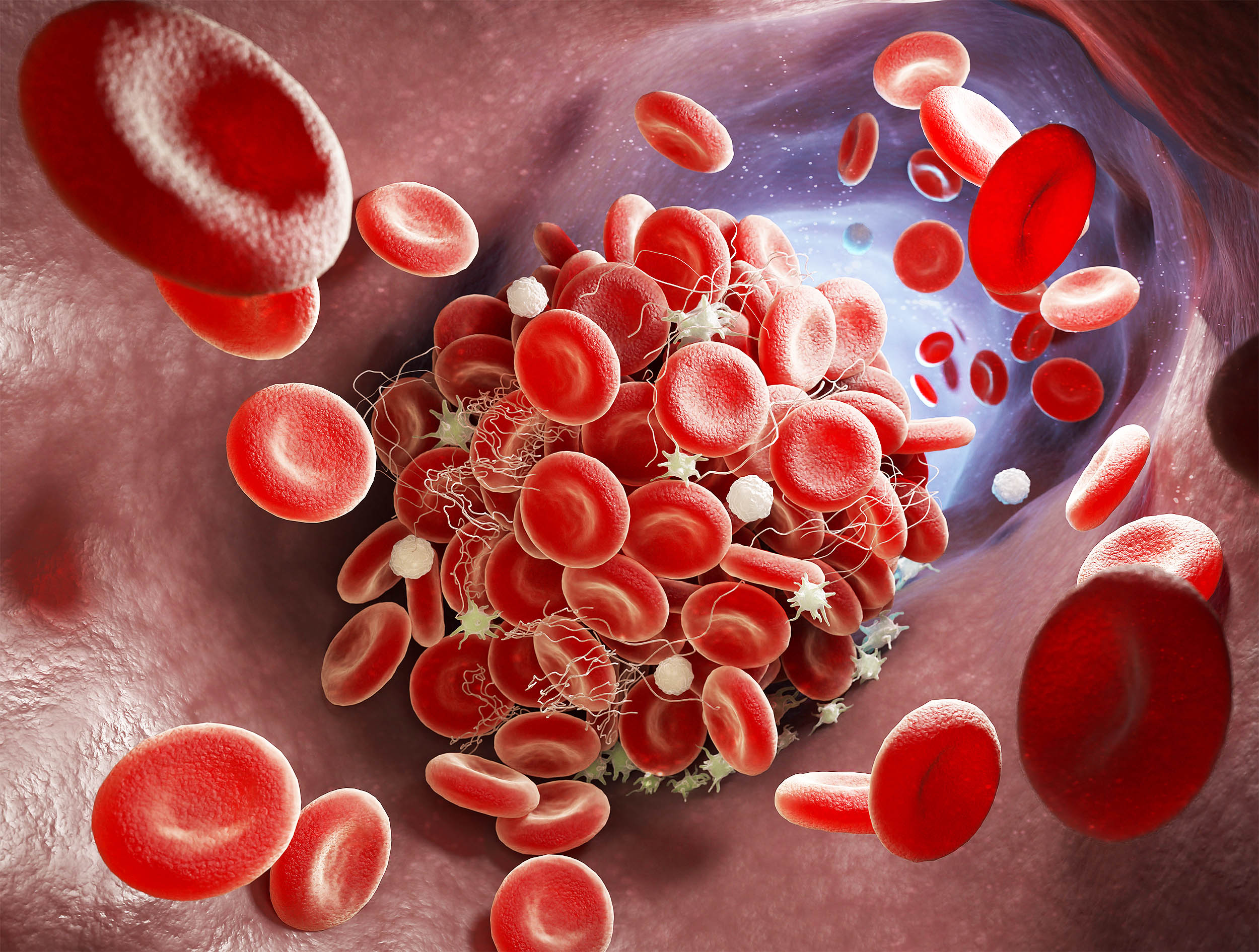Researchers at McGill University report a simple way to steer the behavior of engineered living materials during formation. In a new paper, the team shows that gently vibrating cell-rich gels as they set can make the final material stronger or softer on demand.
The idea could help in emergency bleeding control, wound care, and future tissue implants. It also opens a practical route to tune materials without changing their chemistry or harming nearby tissue.
Testing vibrations on blood clots
The work was led by Aram Bahmani, a postdoctoral fellow at Yale University who completed this research in McGill University’s Department of Mechanical Engineering (MU). The team used a speaker-driven platform to apply controlled vibration while blood-based and other cell-laden gels solidified.
They tested the approach across several soft materials that clinicians and engineers already know. That list included whole-blood clots, plasma gels with added fibroblasts, and gels based on alginate, a common hydrogel used in wound dressings and tissue engineering.
Vibration settings mattered. Different combinations of amplitude and frequency subtly reorganized how cells sat in 3D space inside the forming gel, shifting them from clustered patterns to more dispersed arrangements.
The group then measured stiffness and fracture toughness to see how those micro-scale changes played out at the macro scale.
They also imaged fibrin fibers, tracked clot contraction, and ran a rat liver puncture model to check that the method worked inside a living body.
Gentle shaking, big changes
Earlier attempts to mold living tissues relied on magnets, acoustic fields, or ultrasound. These tools can be powerful, but at certain settings ultrasound can cause cavitation or heating that damages tissue.
The McGill method avoids those pitfalls by using mild mechanical agitation rather than intense energy. It gives researchers a dial to turn without adding chemicals or embedding foreign particles.
Cell placement shapes the material’s internal scaffold. That change spreads from cell placement to the fibrin network that bears load.
When cells clump, they leave larger pores and create weaker paths for cracks to grow. When cells stay dispersed, fibrin fibers build a denser, shorter linkage network that resists deformation and slows enzymatic breakdown.
Vibration changes clots
A blood clot that seals a wound must be tough enough to resist tearing. Clots that break can shed pieces that travel downstream, a risk highlighted by work from back in 2020.
The McGill team reports that certain vibration settings produced stiffer, tougher clots, while others made clots softer and easier to break down.
Those outcomes tracked with how cells organized and how the fibrin network took shape, not with any change in chemistry.
“Mechanical nudging allows us to make the material up to four times stronger or weaker, depending on what we need it to do,” said Bahmani. That flexibility points toward tailored materials for very different clinical jobs.
The in vivo tests echoed the lab data. In the rat liver model, optimized settings produced clots that were measurably stiffer than untreated controls, without hurting nearby tissue.
Applications in medicine
Emergency medicine often needs fast, firm sealing of bleeding surfaces. On the other hand, certain cases call for clots that break down more readily so that flow is restored, as when doctors use clot-busting therapy to treat an ischemic stroke.
This vibration method could one day be integrated into dressings or surgical tools that tune clot properties at the bedside.
It might also assist tissue engineers who need scaffold gels with specific stiffness profiles for different cell types.
“What makes this especially exciting is that our method is non-invasive, low-cost and easy to implement,” said Bahmani. The approach uses equipment that is widely available, which lowers the barrier to adoption outside specialized labs.
Beyond blood, the same concept worked in cell-laden gels that matter for regeneration. It also worked in materials built on alginate, suggesting a path to tune constructs in wound care and soft-tissue repair without exotic reagents.
Limits and next steps
Translating a benchtop platform to clinical tools takes careful engineering. Devices must be miniaturized, made portable, and calibrated so that settings match different tissues and clinical scenarios.
The animal results support safety at the tested settings, but human studies will need to confirm tissue tolerance and long-term outcomes.
Teams will also need to establish how vibration interacts with drugs that change clotting, such as anticoagulants or fibrinolytics.
Irregular wounds present another challenge because geometry and motion can vary from patient to patient. Real-world tools will likely need built-in feedback so that the delivered vibrations stay in a safe, effective window.
Finally, biology is not one-size-fits-all. What helps in hemostasis might hinder fibrinolysis, so clinicians will need clear guidance on when to stiffen a clot and when to soften it, and how to time those adjustments relative to other treatments.
The study is published in Advanced Functional Materials.
—–
Like what you read? Subscribe to our newsletter for engaging articles, exclusive content, and the latest updates.
Check us out on EarthSnap, a free app brought to you by Eric Ralls and Earth.com.
—–
